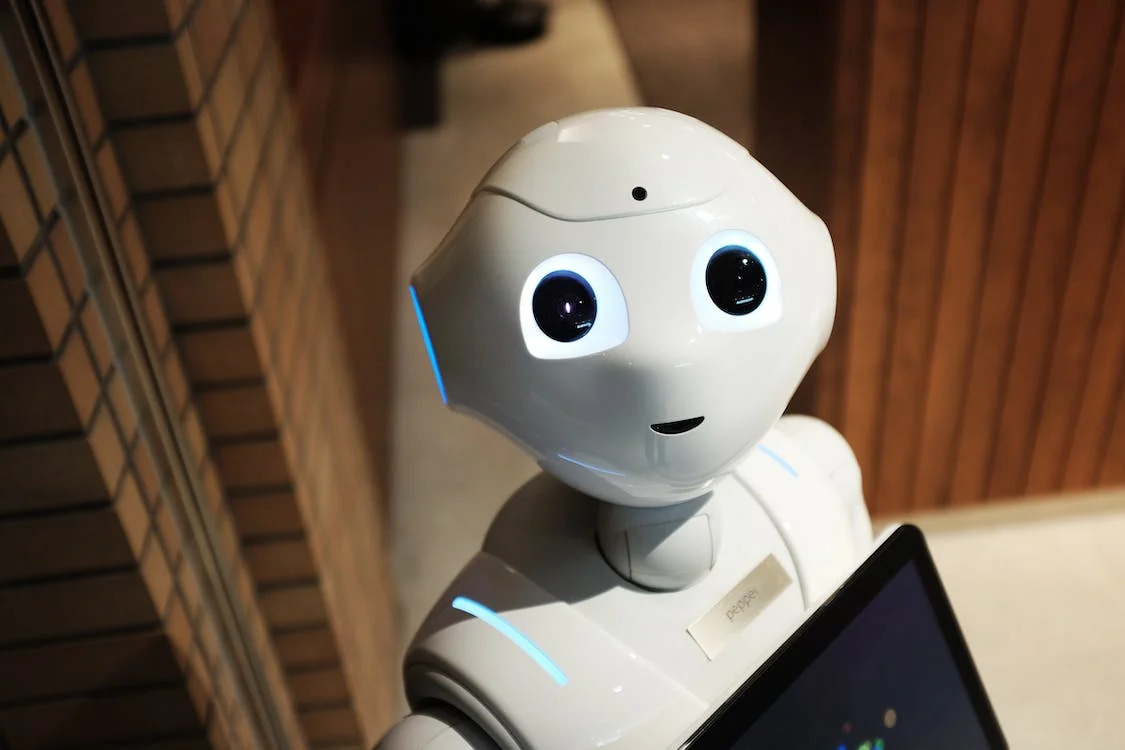In recent years, artificial intelligence (AI) has improved and made remarkable achievements. As AI continues to evolve, we must consider the positive effects as well as potential negative effects and take steps to reduce these negative effects.
As mentioned, artificial intelligence brings many benefits to life, but it also comes with risks. To help you understand the threat AI poses to human lives, here are seven dangers of overusing AI.
1. Autonomous Weapons

One of the most concerning dangers of AI is its potential use in autonomous weapons. Weapons that can choose and engage targets without human intervention are said to be autonomous weapons.
The concern is that people may program these weapons to make unethical, biased decisions or have unintended consequences, leading to widespread destruction and loss of life.
Additionally, the lack of human control over these weapons makes it difficult to hold individuals accountable for their actions. This problem could lead to a lack of accountability and moral responsibility in warfare.
The development and deployment of autonomous weapons have been opposed by many organizations and experts in the field, who argue that the development and use of such weapons could escalate violence and threaten global security.
2. Invasion of Privacy

Another significant danger of Artificial Intelligence is the invasion of privacy.
AI can analyze vast amounts of data and personal information, creating a high risk for individuals’ private information.
With the growing use of AI in various areas of our lives, from social media to healthcare, there is a concern about who has access to this data.
To protect privacy and prevent the abuse of personal information, we must implement powerful regulations and safeguards for the use of AI. This solution includes data protection laws and transparency in decision-making processes.
3. Loss of Human Jobs

AI can automate tasks previously performed by people, leading to significant job displacement.
This case could hurt the economy and increase inequality, as workers with lower education and skill levels may find it more challenging to find new jobs.
Furthermore, the rapid pace of technological change could result in widespread job loss, leaving many people without a means of livelihood.
To mitigate this risk, we must invest in reskilling and education programs to help people transition to new jobs in the AI-driven economy.
Additionally, we need to consider the impact of AI on employment and take steps to ensure that its benefits are shared equitably across society.
4. Social Manipulation

Artificial Intelligence has the ability to influence and shape human behavior through persuasive techniques, such as personalized advertisements and algorithmic decision-making.
The widespread use of AI in social media and online platforms creates a high risk for the spread of misinformation, propaganda, and other forms of manipulation.
AI algorithms can reinforce existing biases and perpetuate discriminatory practices, leading to further marginalization and division in society.
To prevent the negative consequences of AI-driven manipulation, it is crucial that we develop ethical guidelines and regulations for its use, as well as promote media literacy and thinking skills among the public.
It is also critical that we ensure transparency in decision-making processes and hold companies accountable for the impact of their AI technologies on society.
5. Artificial Intelligence Bias
The data that AI systems are taught determines how objective they are. If the data contains any biases, the AI system will also reflect those biases.
This fact can lead to unfair or discriminatory decisions, particularly in sensitive areas such as hiring, lending, and criminal justice.
Furthermore, AI bias can perpetuate existing societal prejudices and perpetuate inequality. We must train them to be diverse, representative, and free from this problem.
Addressing AI bias requires ongoing efforts from both the tech industry and society as a whole.
6. Artificial Intelligence Terrorism

Terrorist organizations could use AI to automate various tasks, such as data collection and analysis, propaganda creation and dissemination, and even weapon development and deployment.
For example, AI could create videos for propaganda or develop autonomous weapons that can target and attack without human intervention.
In addition, terrorists could use AI to evade detection by authorities, for example, by using AI to mask their online presence or to conceal their plans.
The use of AI by terrorists poses significant risks to national security and global stability, and the international community must work together to address these risks.
This process requires a multi-disciplinary approach, combining technical, legal, and policy solutions, to mitigate the dangers of AI terrorism.
7. Liability for Actions
One of the most pressing concerns is liability for actions. As AI systems become increasingly autonomous, it becomes unclear who should be responsible for their actions.
For example, who is at fault if an autonomous car causes an accident? Is it the manufacturer of the car, the developer of the AI system, or the owner of the vehicle? These inquiries still need to be completely addressed.
The lack of clear liability could stifle the growth of the AI industry. If an AI system causes harm, it may be difficult to hold any entity accountable, leading to a lack of accountability and decreased trust in the technology.
Therefore, it’s essential to establish clear laws and regulations that define liability in the AI industry.
This solution will not only protect the public but also provide a more stable framework for AI systems, promoting innovation and growth while mitigating the dangers of AI.
Conclusion
Above is our list of the dangers of Artificial Intelligence. While artificial intelligence holds immense potential to revolutionize our world and solve complex problems, it is crucial to be aware of its potential dangers.
The rapid pace of AI development also raises questions about job displacement and the potential for AI to perpetuate and amplify existing social and economic inequalities. For more articles about artificial intelligence, visit our website!
